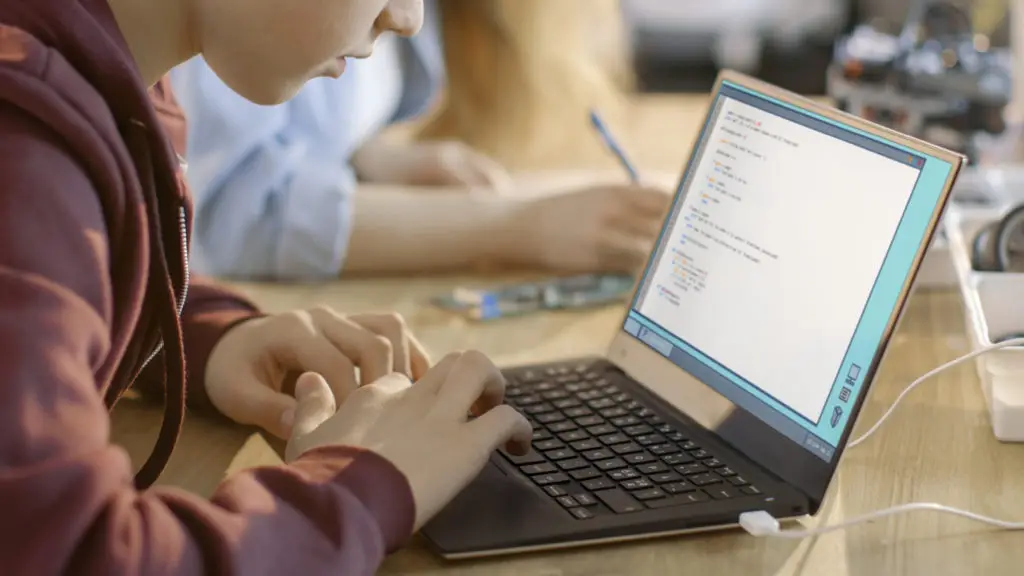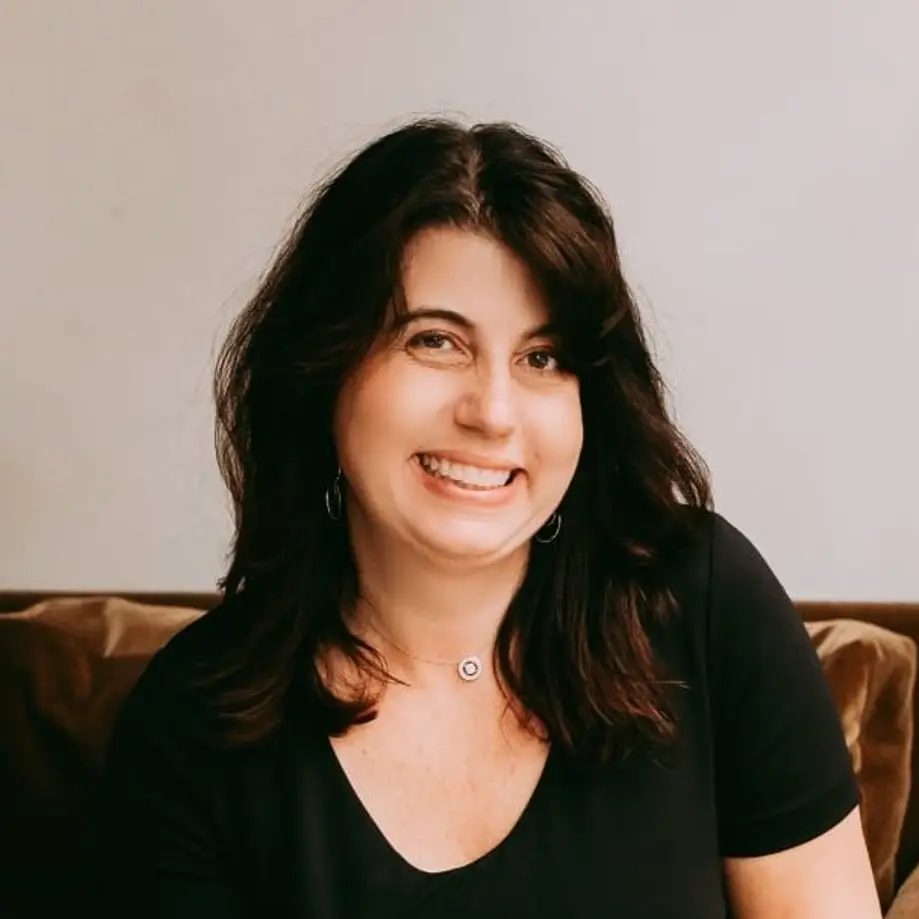For my family, the first week of remote learning was a complete disaster, full of tears and frustration. I was trying to work from home, but instead spent the days keeping our kids focused and organized.
At my 7th-grade son’s private school, teachers tried to provide meaningful activities, but we only received emailed assignments without instruction, requiring us to teach the lessons. He has a learning disability and a learning support plan that outlines the support he receives at school. But we haven’t yet found a good way to support him at home and ensure he has equal access to the general education curriculum. Right now I often must serve as a scribe for him, as well as outline his daily learning plans. We continue to brainstorm ways for him to independently access his coursework.
Our experience with our younger son, Dalton, has been different. He is enrolled in 6th grade at Summit Atlas—a charter school that lets families decide what learning will look like during the COVID-19 crisis. It offers families four different options for navigating “virtual school” during this pandemic. (Summit calls it virtual school because it focuses on staying connected, just in a different way.) The options range from an academic pause—where families focus on needs other than school—to acceleration, where students maximize the time cooped up in their homes to progress through schoolwork faster than they normally would.
Some parents have found remote learning almost impossible, and suggested taking a pause on schooling until the crisis passes. Other students have thrived under these circumstances. I was thankful that Dalton’s school gave our family some control over which pathway was right for us. Remote learning in a pandemic is not a “one-size-fits-all” scenario; I would argue that education should never be defined this way.
We are now in week seven of virtual school at Summit Atlas. We stay connected through one-on-one meetings with teachers, detailed training on virtual school for students and parents, and multiple special educator check-ins throughout the day with my son and me. Teachers text us constantly, making sure things are going well.
Now that virtual school has started, Summit teachers provide synchronous instruction each day, allowing my son to virtually connect with his teachers and peers. In addition to academics, Summit continues its focus on students’ social-emotional skills. Recently, on my son’s birthday, his mentor group classmates sang Happy Birthday virtually, his special education teacher sent him a “virtual Orca birthday high five,” and all his friends messaged him. Each day, students have a set, predictable routine that begins with mentor time and ends with optional office hours. They are in school from 8:20 am to 3:20 pm. My son likes that his schedule is more predictable.
Giving Families Options
This spring, Summit has asked families to work with their children to create personalized plans. Families complete an online survey, then speak with mentors—Summit educators who serve as the first line of communication for families and help students build soft skills and navigate their project-based assignments. Mentor teachers ask about anything that is getting in the way of learning: the need for food, physical space for learning, housing, connectivity, or health issues. These meetings have made my son more comfortable sharing when he feels stressed and anxious.
The second step is for students to create personalized academic goals for the remainder of the year. Families choose among four “Personalized Learning Plan Pathways.” The pathways have different time demands, work requirements, and grading expectations. Two of the plans, “Accelerate” and “Stay on Track,” call for students to earn letter grades and get them through the original curriculum set out at the beginning of the year.
A third plan, “Focus on What Matters Most,” keeps project-based requirements, removes testing, and adds student support. In this plan, students receive a pass/no-pass grade and focus on cognitive skills. The last pathway option, “Step Back,” is aimed at the student who “has other urgent priorities preventing them from engaging in school during the pandemic.”
Because of my background in education, we chose the Stay on Track plan, with the understanding that we may decide to move to the Focus on What Matters Most plan if we feel overwhelmed. Our main focus is making sure our son has the cognitive skills necessary for 7th grade. We feel that both of these options provide that opportunity; the Stay on Track plan is more academically rigorous. If he were a high schooler, we would choose the Stay on Track plan because we care a lot about college preparation. But, for middle school, we care more about social and cognitive skills. We were initially leaning toward the Focus on What Matters Most plan, but when we asked for our son’s feedback, he expressed his desire to be as prepared as he could for 7th grade, so we chose the Stay on Track path.
Our son is deafblind. Our pathway decision was made easier because he is well supported by his IEP team. He receives weekly virtual tutoring from his many related services providers. Summit offers a virtual resource room where students receive small-group support. My son also checks in one-on-one with his special education teacher. Each week, the special education teacher sends an email to every person working with him, including myself, highlighting the good things general education teachers had to say about my son’s engagement, and his progress on his IEP goals and services.
Summit was able to offer families options because, even before the crisis, it already had systems and practices in place that allowed it to deliver individualized support to students: mentors, personalized learning plans, and the Summit Learning Platform, which helps students keep track of goals, projects, assignments, and due dates. And every Summit student has a school-issued laptop that allows them to access the platform at home.
In interviews with CRPE researchers about the response to COVID-19, leaders at Summit said they began talking about continuity of learning and student connectedness in early March, initiating professional development for teachers. The focus was on keeping things simple, being transparent with families, setting clear expectations, and “not letting perfect be the enemy of good.”
Looking Ahead to Fall
The one constant in this pandemic is the immense amount of uncertainty. We know that the next school year will have to look different. It’s a lot to take in on top of worrying about our mental and physical health. I’m glad we had the choice, but I do worry about implications for the new school year if students are taking different paths in the spring, and return to school with different levels of academic preparation in the fall.
Our current remote learning experience is not perfect. It still requires a lot of parent involvement. Some days my son has a hard time engaging. He just wants to be back in the school building with his teachers and friends. But it’s working for us. Our son even told us recently that in some ways, this new way of learning is meeting more of his needs.
School system leaders can draw one important lesson from Summit’s approach: different students and families are going to have vastly different needs under extraordinary circumstances. They should have a say in how, exactly, schools will meet those needs. Families like mine value having options, but those options need to be good options. This is true whether we are in a pandemic or not.
In addition to being a research analyst at CRPE, Lane is the mom to four boys, two of whom are deafblind and one of whom has learning disabilities and ADHD.




